Mofongo is a beloved Puerto Rican dish made from fried green plantains that are mashed together with crispy pork rinds, garlic, and broth. With its savory flavor and unique texture, it’s no wonder this iconic dish is a point of cultural pride. While undeniably delicious, you might wonder about its nutritional value.
Understanding what’s in the foods we eat allows us to make informed choices about maintaining a healthy, balanced diet that provides our bodies with the nutrients they need. In this post, we’ll tackle the Nutritional Breakdown of Mofongo and discuss its potential benefits as well as dietary considerations to keep in mind.
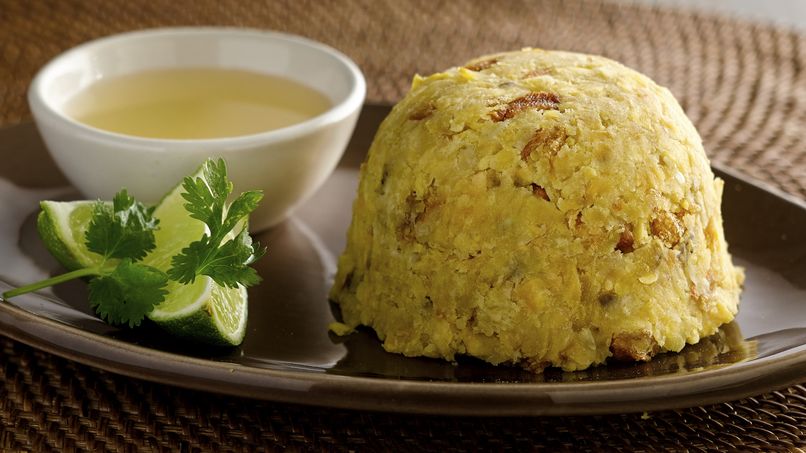
The Ingredients in Mofongo
The main ingredients that make up a traditional mofongo recipe include:
Green plantains:
These unripe relatives of the banana are an excellent source of complex carbohydrates, vitamins, and minerals. As a starchy, fiber-rich fruit, green plantains provide a hearty base for mofongo while offering nutritional perks. They are an especially good source of vitamin C, vitamin B6, and potassium.

Pork cracklings (chicharrones):
Made from fried pork rinds or skin, they provide protein and fat along with a satisfying crunch. Pork rinds are fairly low in calories for their volume but high in saturated fat and sodium.

Garlic:
Adds aromatic flavor while contributing small amounts of vitamins and minerals like manganese, vitamin B6, vitamin C, and selenium. Garlic may also provide antioxidant and anti-inflammatory benefits.

Broth:
Usually made from chicken or pork, it contains protein and adds moisture. Using low-sodium broth can help reduce the overall sodium content.
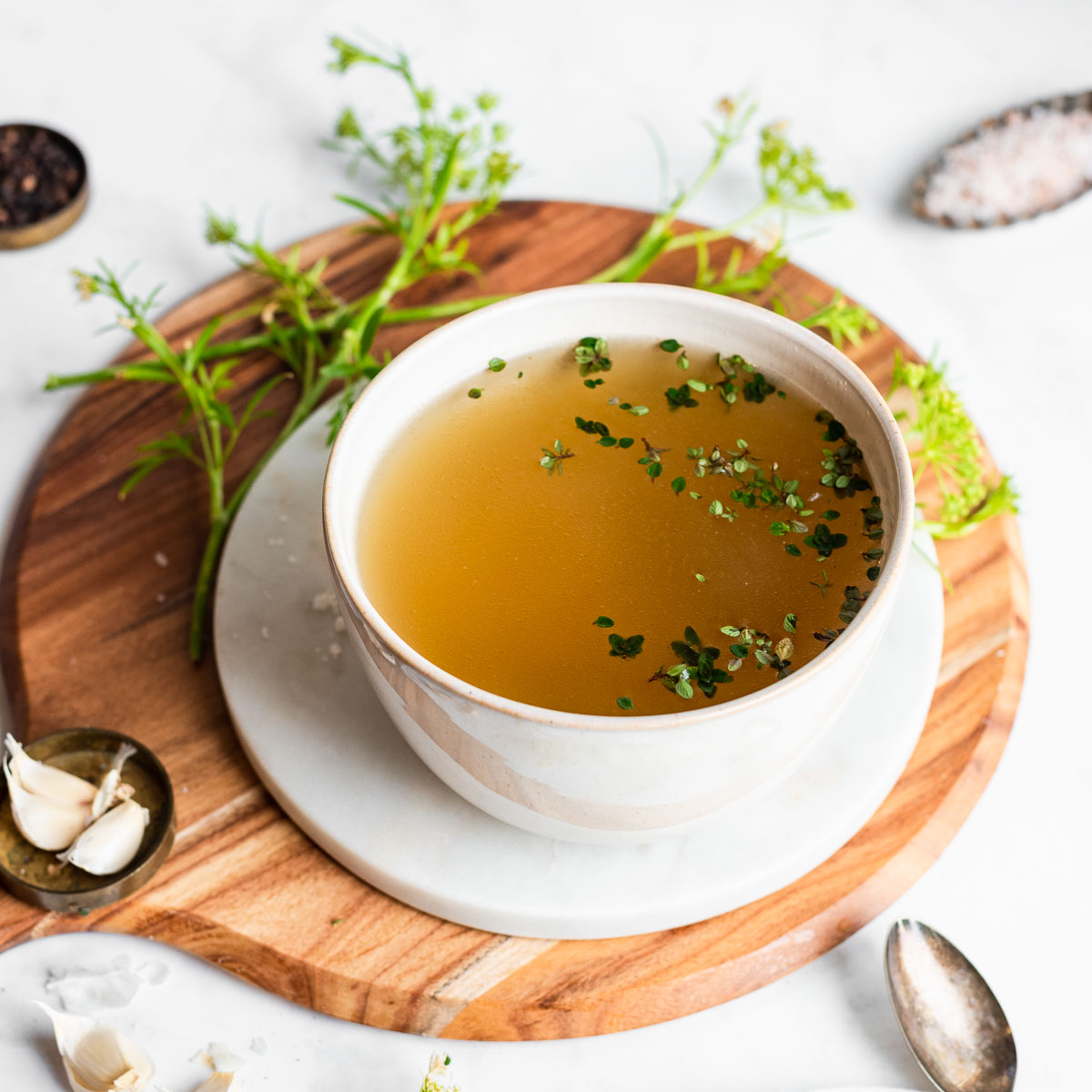
Oil:
For frying the plantains, typically using a vegetable-based oil high in unsaturated fats like olive, avocado, or vegetable oil.
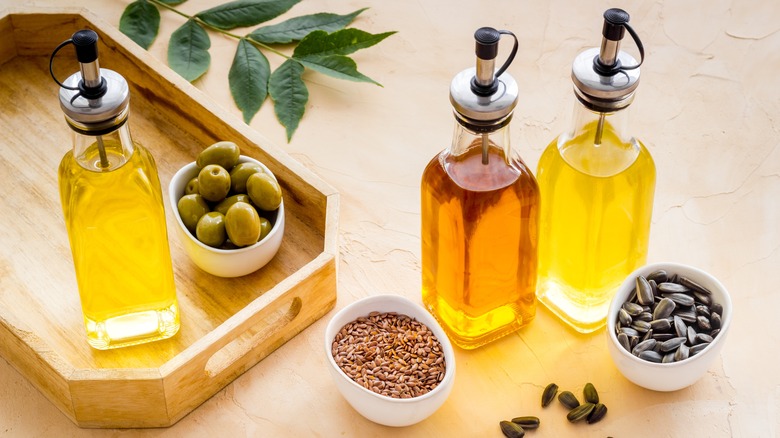
Mofongo’s nutritional profile is built around green plantains, which provide a good source of fiber and essential vitamins, and pork cracklings, which add protein and fat. Garlic and olive oil contribute antioxidants and healthy fats, enhancing the dish’s overall nutritional value. Discover the essential ingredients that contribute to Mofongo’s nutritional profile.
Nutritional Breakdown of a Typical Mofongo Recipe
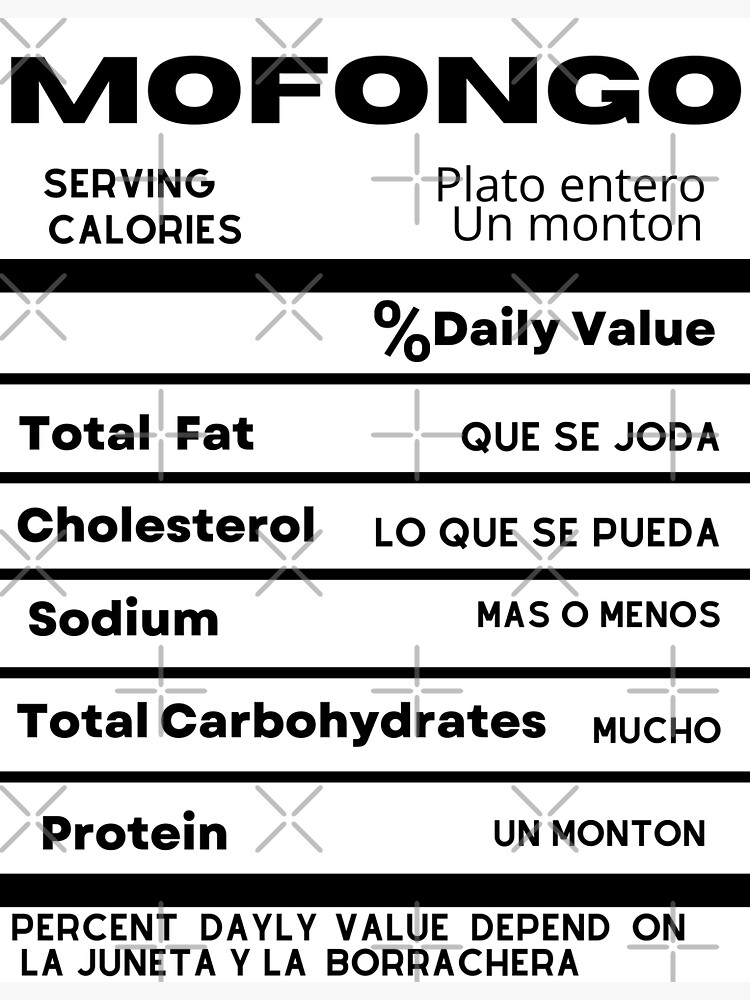
Calories and Macronutrients
A 1 cup (200g) serving of classic mofongo made with chicken broth contains approximately:
- Calories: 500-600
- Protein: 10-15g
- Carbohydrates: 70-90g
- Fat: 25-35g
As you can see, mofongo is a calorie-dense dish that provides a mix of all three macronutrients – carbs, protein, and fat. The carb and fat contents are on the higher side, largely due to the fried green plantains and pork rinds.
Plantains are a starchy vegetable, so they provide more carbohydrates and calories than many other fruits and veggies. The frying process also adds a significant amount of fat from the oil used. While providing protein, the pork rinds contribute primarily fat as well.
Micronutrients
In addition to its macronutrient profile, mofongo also supplies a variety of important vitamins and minerals, including:
- Vitamin C: 35% of the Daily Value (DV)
- Vitamin B6: 25% of DV
- Potassium: 20% of DV
- Magnesium: 15% of DV
- Iron: 10% of DV
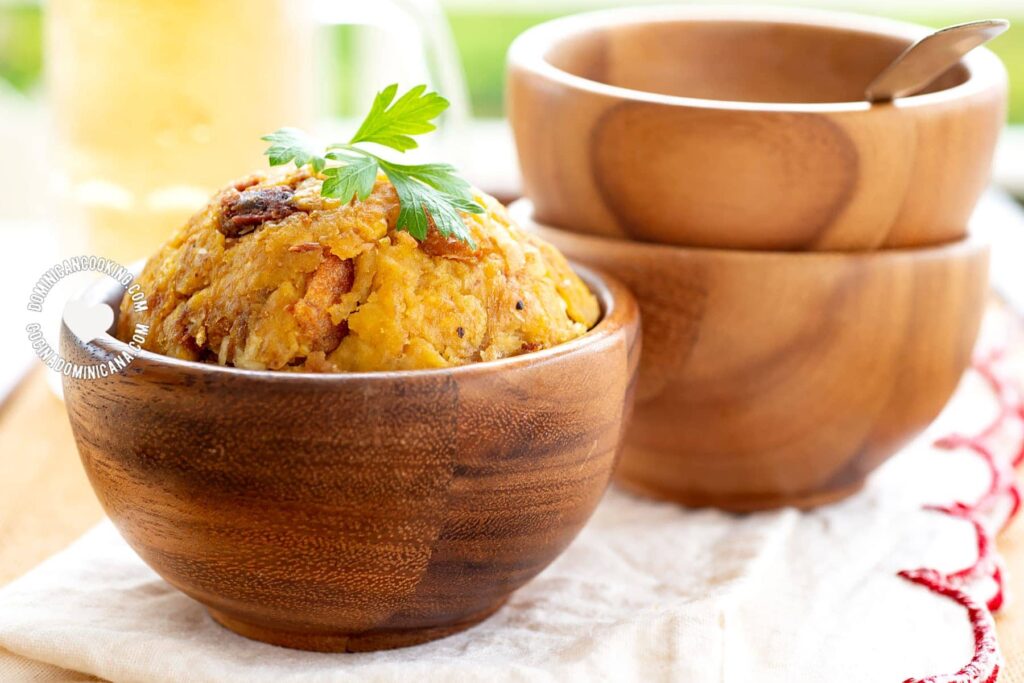
Thanks to the plantains, mofongo emerges as an excellent source of vitamin C and a good source of several other essential micronutrients like vitamin B6, potassium, and magnesium. Vitamin C is a powerful antioxidant that supports immune health, while B6 plays a role in energy metabolism. Potassium and magnesium are important electrolyte minerals involved in functions like muscle contractions and maintaining normal blood pressure.
However, it’s worth noting that mofongo can also be quite high in sodium, depending on the amounts of salt and broth used. The pork rinds also contribute sodium, which can offset some of the potential benefits of the potassium content.
Potential Health Benefits of Mofongo
While certainly an indulgent dish, mofongo does contain some nutritional highlights that may benefit health in moderation.
Source of Complex Carbs
Complex carbohydrates are made up of long chains of sugars that take longer to digest, helping you feel fuller for longer compared to simple sugars. The green plantains in mofongo act as an excellent source of complex carbs, as opposed to simple sugars found in processed foods like white bread, candy, and soda.
Eating more complex carbs from sources like plantains, whole grains, fruits, and veggies can help regulate blood sugar levels and provide lasting energy. They also tend to be higher in fiber, vitamins, and minerals compared to refined carb sources.
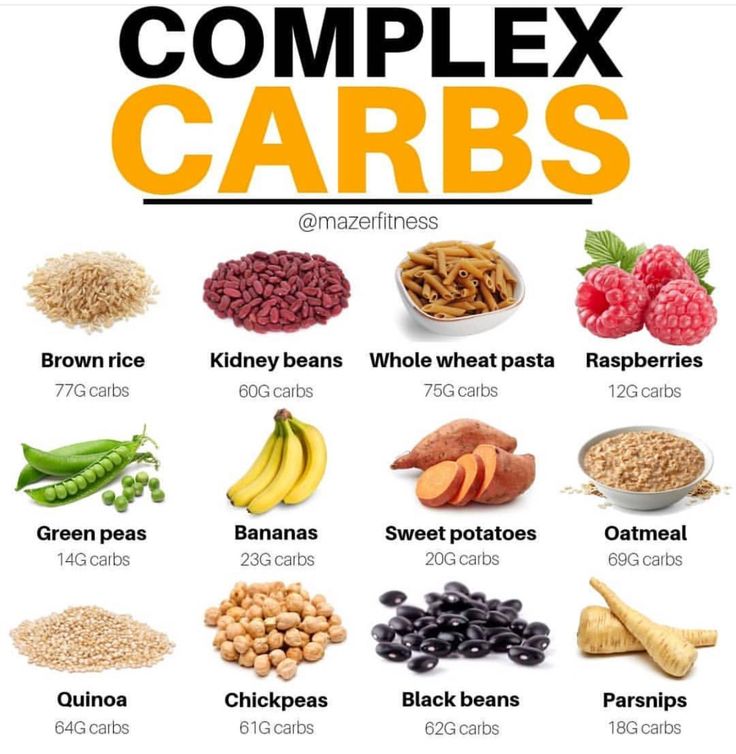
Fiber Content of Mofongo
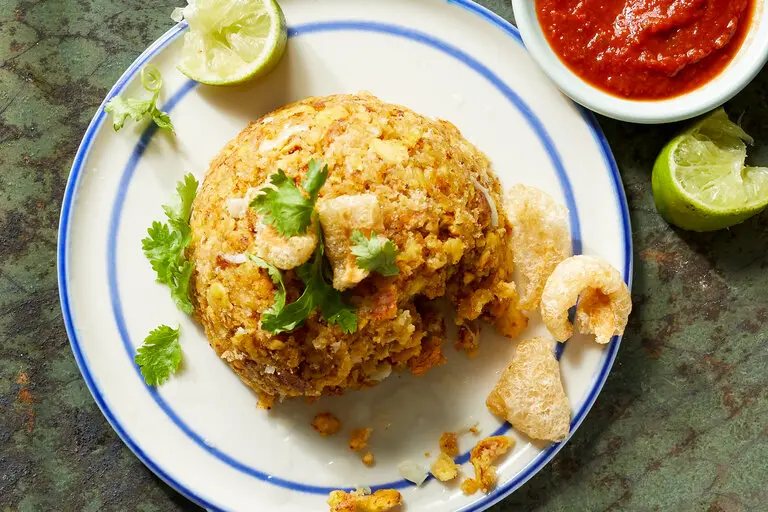
A typical 1 cup serving of mofongo contains around 5-8 grams of fiber, which makes up 20-30% of your daily fiber needs. Most of this fiber comes from the green plantains.
Eating enough fiber is incredibly important, as it supports digestive health, can help control blood sugar levels, and may promote weight management by increasing feelings of fullness. Fiber also feeds the beneficial bacteria in your gut that impact immune function, inflammation levels, and more.
Other Nutritional Breakdown of Mofongo
While not necessarily a nutritional powerhouse, mofongo does provide some other vitamins, minerals, and compounds that may impact health:
- The garlic provides antioxidants like allicin that may have anti-inflammatory effects.
- The pork cracklings are a good source of the minerals iron and zinc which support immune function.
- However, the chicharrones are also high in sodium which can contribute to water retention and potentially increase blood pressure in excess.
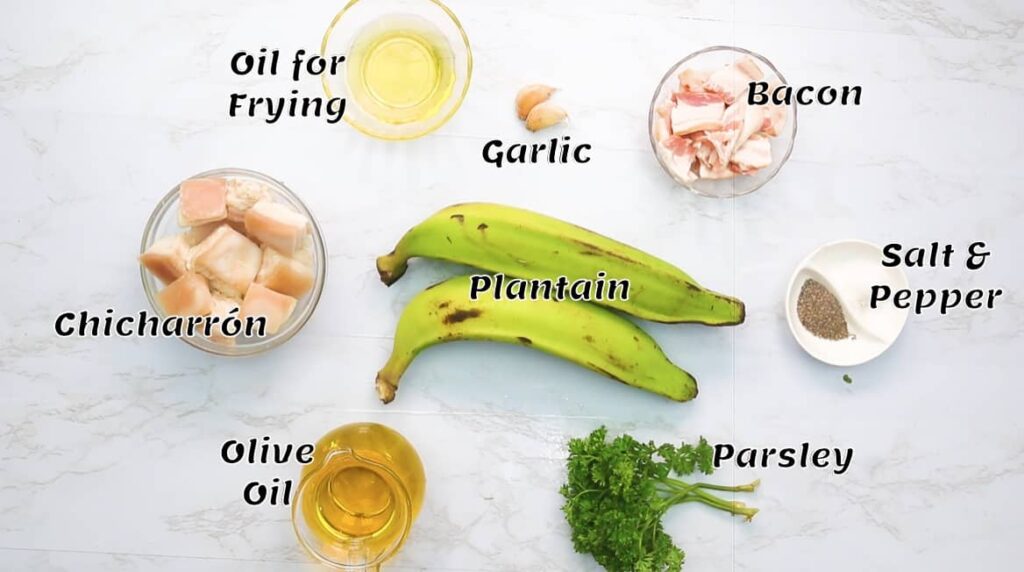
Drawbacks and Dietary Considerations
High in Fat and Calories
While tasty, one major drawback of mofongo is that it is quite high in both fat and calories for a single serving. A 1 cup serving can supply over 500 calories and 25-35 grams of fat, largely from the oils used for frying the plantains and the pork rinds.
For those trying to lose weight or watch their fat intake, consuming an entire cup as a single portion can make it challenging to stay within the recommended calorie and fat ranges for the day. Proper portioning of mofongo is very important to account for its calorie density.
Fried Nature
Another potential issue is that, because the plantains are fried, mofongo contains a significant amount of oil and fat from this cooking method. Frequently eating fried foods has been linked to increased inflammation in the body, higher risk of heart disease, and potential weight gain over time.
While it can certainly be part of an overall balanced diet, making mofongo an occasional indulgence rather than an everyday menu item is wise. Creating baked, boiled, or air-fried versions of the plantain base can also help cut down on some of these potential negatives of fried dishes.
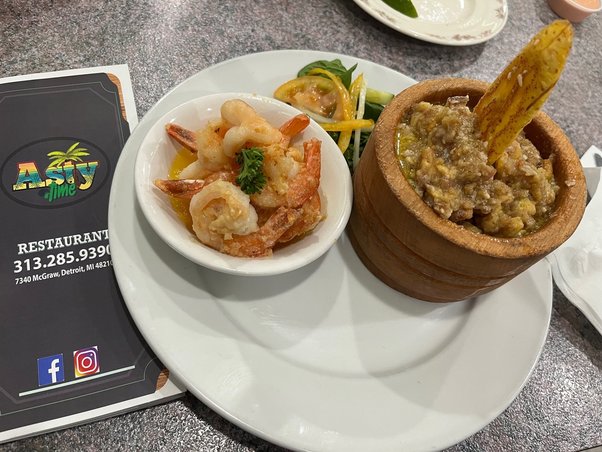
Fitting Mofongo into a Balanced Diet
While mofongo should be enjoyed as an occasional indulgence rather than an everyday food, there are ways to help make it part of an overall healthy, balanced diet.
First, watch your portion sizes – a 1/2 cup or 3/4 cup serving is likely sufficient when paired with other nutritious foods like lean proteins and vegetables. A full 1 cup portion contains quite a few calories and grams of fat that can make it difficult to achieve your nutrition goals.
You can also experiment with baked, boiled, or air-fried versions of the plantain base to reduce the amount of oil and fat from frying. Or try swapping out some of the chicharrones for leaner proteins like shredded chicken or beans to boost the protein while decreasing saturated fat.
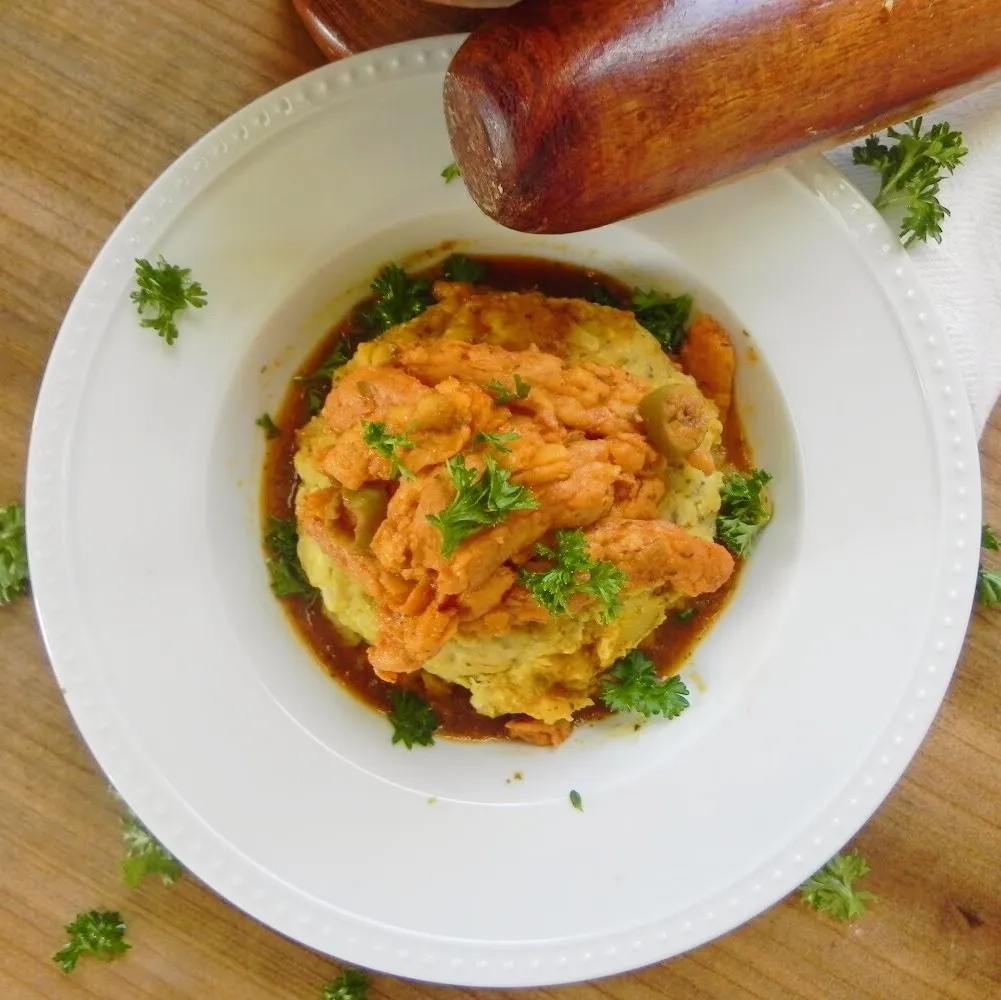
Another smart strategy is to build a meal around mofongo as the starchy, carb-rich component. Pair it with a lean protein like grilled chicken or fish, along with roasted or steamed veggies, to create a more balanced plate. The fiber, vitamins, and minerals from the produce can help compensate for any nutritional shortcomings of mofongo alone.
Lastly, be mindful that mofongo is intended as a celebratory dish and cultural comfort food, not necessarily an “everyday” meal for optimal health. Save it for special occasions like holidays or family gatherings, and indulge consciously while appreciating the flavors and tradition it represents.
Final Analysis:
While delicious, mofongo is undoubtedly a calorie and fat-dense fried dish that should be enjoyed in moderation as part of an overall balanced diet. However, its main ingredient – green plantains – does supply fiber, vitamins, minerals, and healthy complex carbs that provide some nutritional value.
By watching portion sizes, pairing mofongo with lean proteins and plenty of vegetables, and reserving it for special occasions, you can appreciate the unique flavors and cultural significance while still being mindful of your nutrition goals. Making some simple swaps like baked plantains or reducing the chicharrones can also help make it a bit lighter.
The key is being mindful about portions, taking the time to truly appreciate cultural foods like mofongo, and focusing on an overall nutritious diet filled with vegetables, fruits, lean proteins, whole grains, and healthy fats from sources like fish, nuts, seeds, and olive oil. With some simple adjustments and moderation, you can experience the best of both worlds – nutrition and delicious cultural traditions. Master the basics first with our step-by-step guide.
Disclosure: Our blog contains affiliate links to products. We may receive a commission for purchases made through these links. However, this does not impact our reviews and comparisons. We try our best to keep things fair and balanced, in order to help you make the best choice for you.
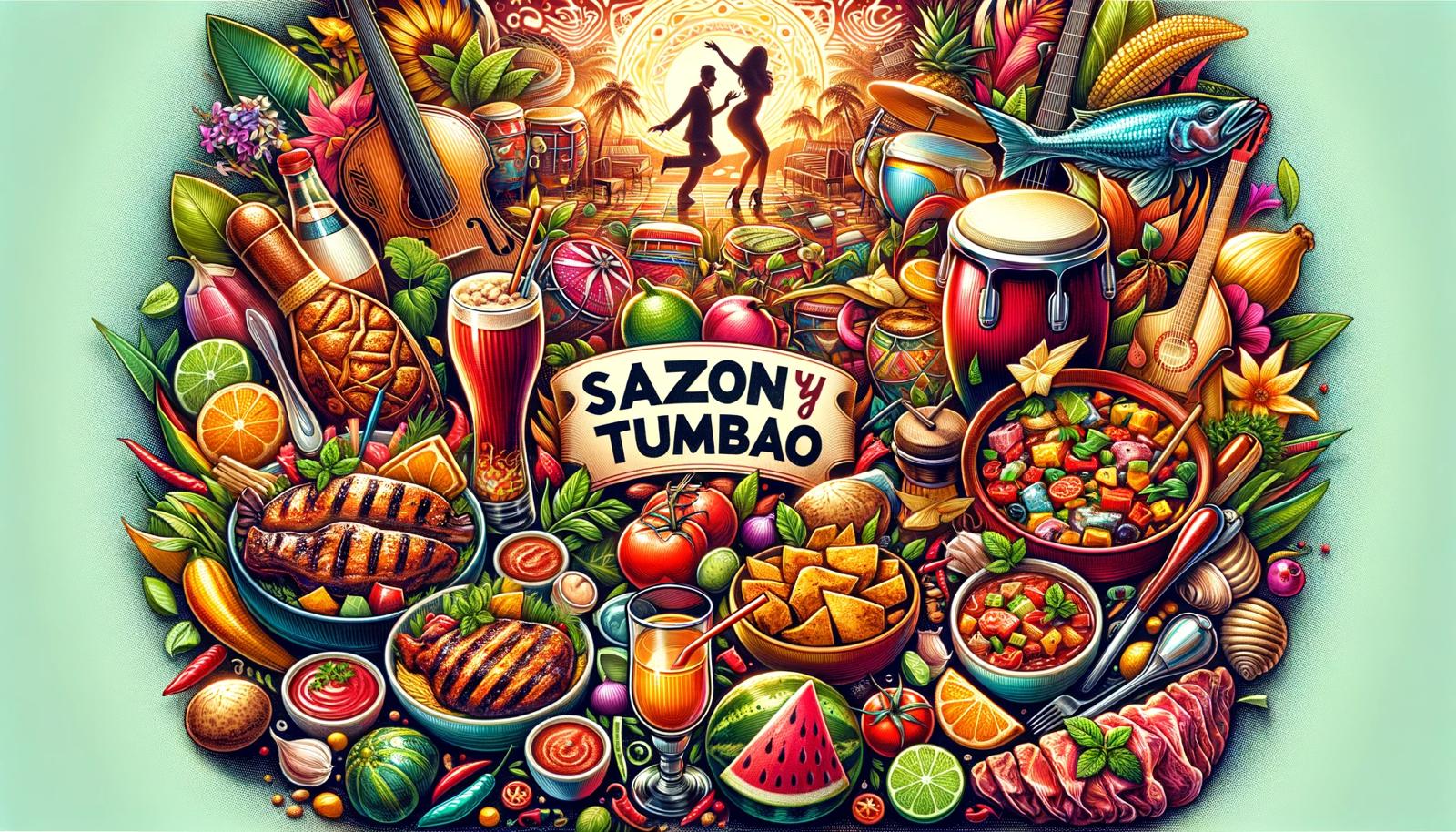

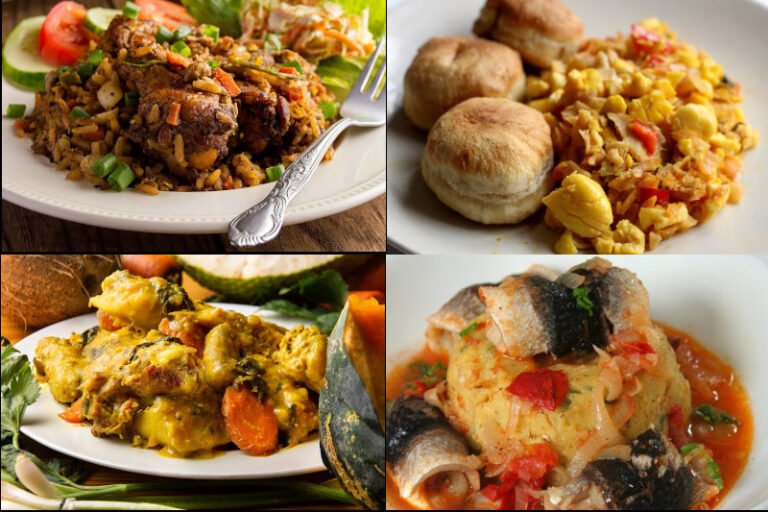

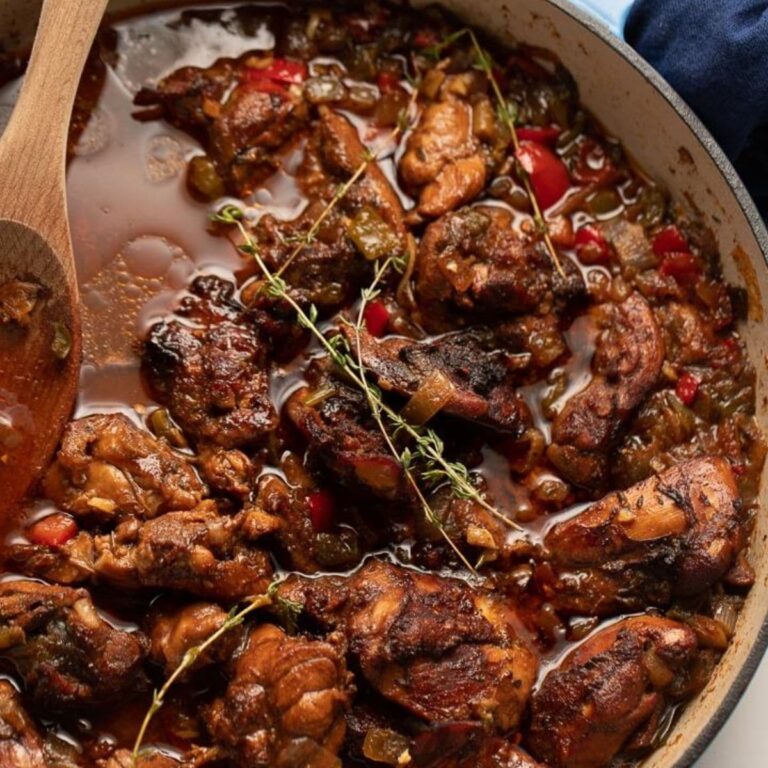
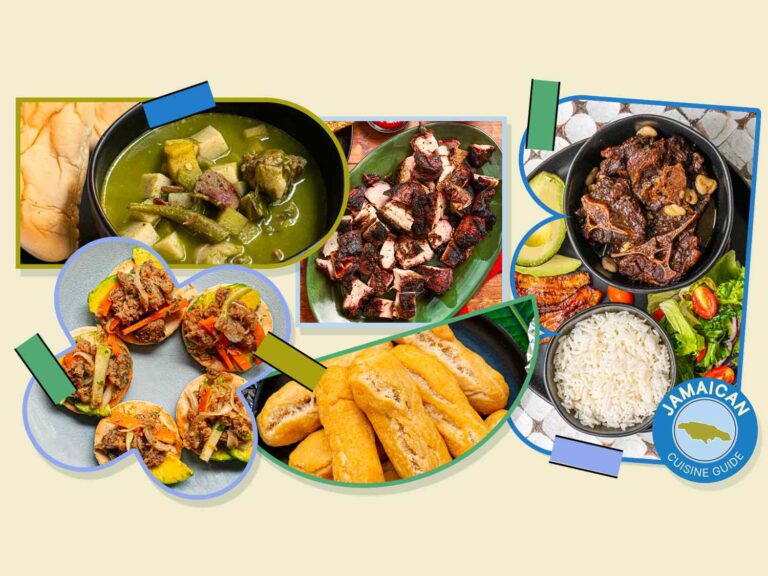
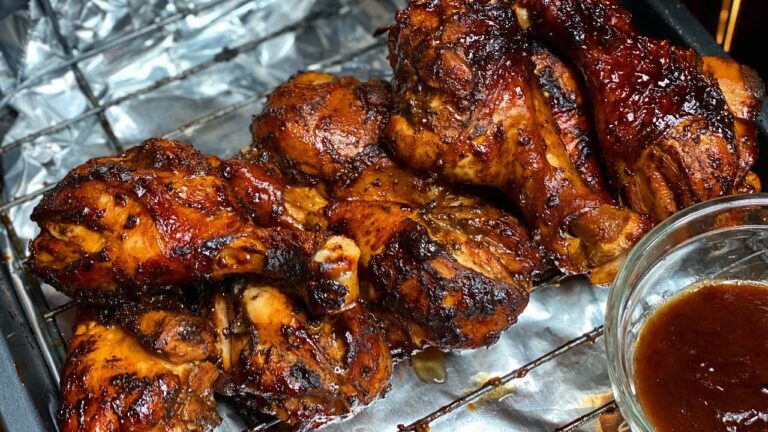
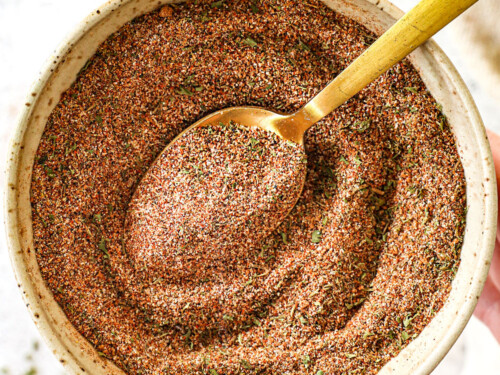
2 Comments